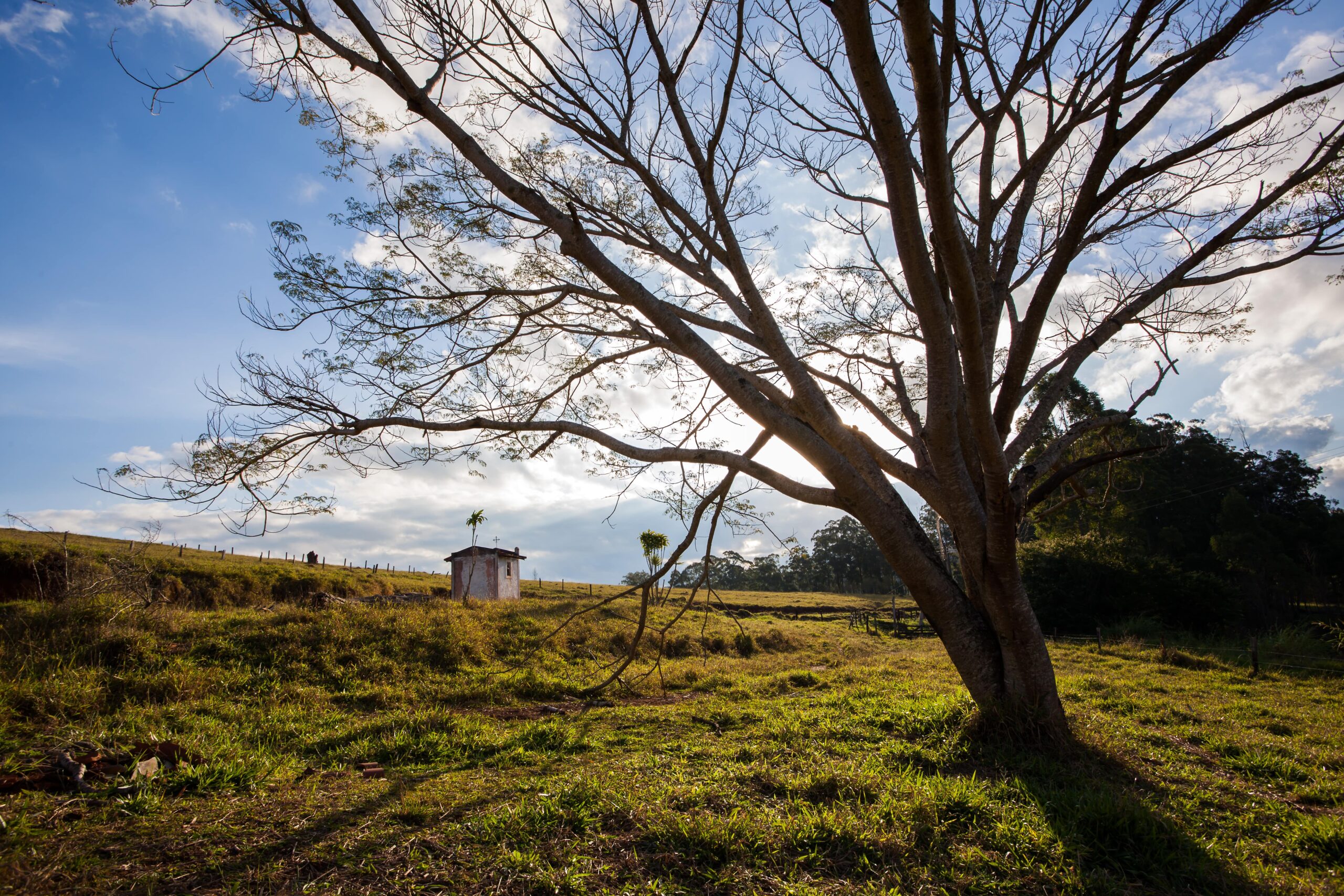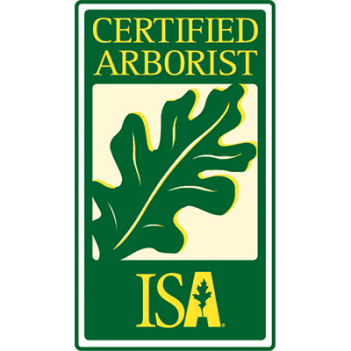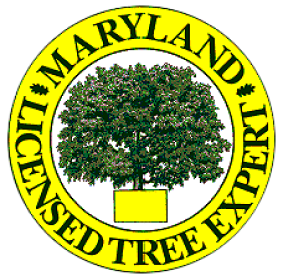A dying tree is bad news for any property owner. Apart from losing the shade and aesthetic appeal of thriving greenery, you could also be exposed to catastrophic damages if the tree falls on your property. Yet, knowing whether a tree is dying isn’t always straightforward.
So, how do you tell if a tree is dying? In this post, we have rounded up 8 telltale signs that your tree is dying. We will also discuss some dying tree treatment solutions. And, of course, before writing off a tree as dead, call a certified arborist to assess whether it’s possible to restore its health.
At Patrick Musser Tree Services, we have a team of dedicated, responsive, and highly qualified arborists ready to help you bring your dying tree back to life.
What Causes a Mature Tree to Die?
While trees have an extraordinary ability to withstand harsh conditions, they eventually succumb to a number of stress factors. The most common causes of tree death are disease, drought, harmful insects, poor soil quality, catastrophic events like storms, floods and lightning, improper pruning techniques, and old age.
Now, let’s look at what happens when a tree starts to die.
The Bark Becomes Loose and Starts to Fall Off
One of the signs of a dying tree is the change in bark appearance. You may notice deep splits in the bark that extend into the wood. The bark may also become brittle and fall off. Note that some tree species shed bark naturally, so you will need the help of an arborist to determine why the bark is peeling off.
Oozing Sap or Sawdust
When you discover sap or sawdust seeping from holes that look like knife wounds, your tree could be the host of damaging insects. Some tree-boring insects, like the Emerald Ash Borer, feed and create tunnels inside the tree, ultimately harming the tree’s ability to carry water and nutrients from the soil to the leaves. Spotting sap or sawdust is enough reason to call an expert.
Dwindling Number of Healthy Leaves
Another sign that your tree is dying is a sparse number of healthy leaves. If there are fewer lush green leaves, or they’re scorching, browning, or drooping, and it isn’t off-season, that’s a sign of trouble. Comparing the leaf growth of the tree to that of other similar trees in your area can help determine whether the tree is suffering from illness.
Plenty of Dead Limbs
Does your tree have an abundance of dead branches? Are there sticks at the base of the tree? While this can happen during the dormant season, you should be alarmed when too many branches are drying and breaking off. Reach out to an arborist to investigate the matter and to cut any large limbs that may pose a risk.
A Host to Fungus or Mushrooms
If you notice fungus or mushrooms on your tree trunk, chances are you have an internal decay problem. These plant parasites live in dead, weakened, or dying trees. To find fungus, look for discolored areas or scabs on the bark. Mushrooms, on the other hand, prefer to grow on the ground at the base of a rotting tree.
Significant Root Damage
If the roots of your tree are badly exposed or damaged, it could be a sign that the tree is weakening. Root damage could be caused by recent construction activity or exposed roots could be a result of poor soil compaction and erosion from running water. This could soon cause thinning foliage, poor tree growth, undersized yellow leaves, wilting leaves, and dead branches.
Bent Structure
Leaning is a sign that your tree is in distress. In most scenarios, a tree leans over if the roots are starting to die or are damaged. This is usually an accident waiting to happen, so you should address the issue fast. Depending on the severity of the lean, its size, and the underlying issues, an arborist may be able to save it.
Trunk Wounds
Your tree can start to die if its open wounds are not cared for. The wounds can be caused by anything ranging from a car crashing into the tree, a lightning strike, or an improper pruning procedure. If there is structural damage, then it will be very difficult for the tree to recover. Consult a professional arborist about treatment, so you don’t risk a falling tree.
How to Save a Dying Tree
Now that you know how to tell if a tree is diseased and/or dying, it’s time to learn how to save it. Below are some helpful tips for treating a dying tree:
- Identify the Problem – After identifying any of the signs above, your first action should be contacting a qualified arborist. A tree specialist has the knowledge and tools to pinpoint the issue behind declining tree health. After a thorough assessment, the tree expert will be able to determine if there’s hope treating it or whether it should be removed.
- Treat the Disease – If the arborist determines that the tree has an illness or is infected by pests, you need to treat it immediately. Your disease control method will depend on the causing agent and degree of severity. A certified arborist has the training to diagnose correctly and provide the proper treatment plan.
- Correct the Watering Issues – One common way to save a dying tree is to correct how you water it. If you’ve been under-watering or drowning the soil with too much moisture, you’ll need to adopt a watering method that matches the tree species and size. The arborist will help you figure out the right amount of moisture for the tree.
- Fertilize and Mulch – Another step to help your tree bounce back is using fertilizer and mulch to nourish the soil surrounding your tree. An arborist will conduct a soil test in the area around the dying tree and help determine exactly what macronutrients are missing, what fertilizer and mulch to use, and how to apply it.
- Prune the Sick Limbs – Pruning can help save a sick tree’s life. An arborist will remove the diseased sections of the tree using the appropriate pruning techniques. This will stop the spread of the disease and give it a huge boost. Removing overgrown limbs will also allow it to thrive on less water and nutrients.
Talk to a Tree Expert Today
If your precious tree is about to die, ask our experienced arborist at Patrick Musser Tree Services to come and inspect it. Our qualified tree doctors can determine a dying tree’s treatment plan and hopefully restore it to full health. The sooner you talk to us, the higher your chances of saving your tree.



